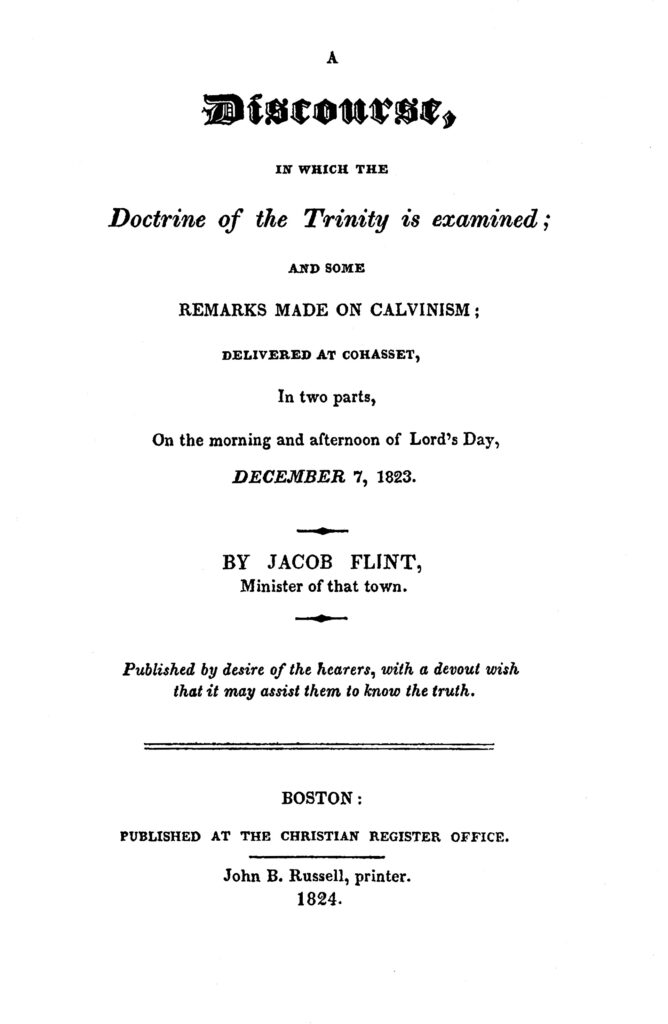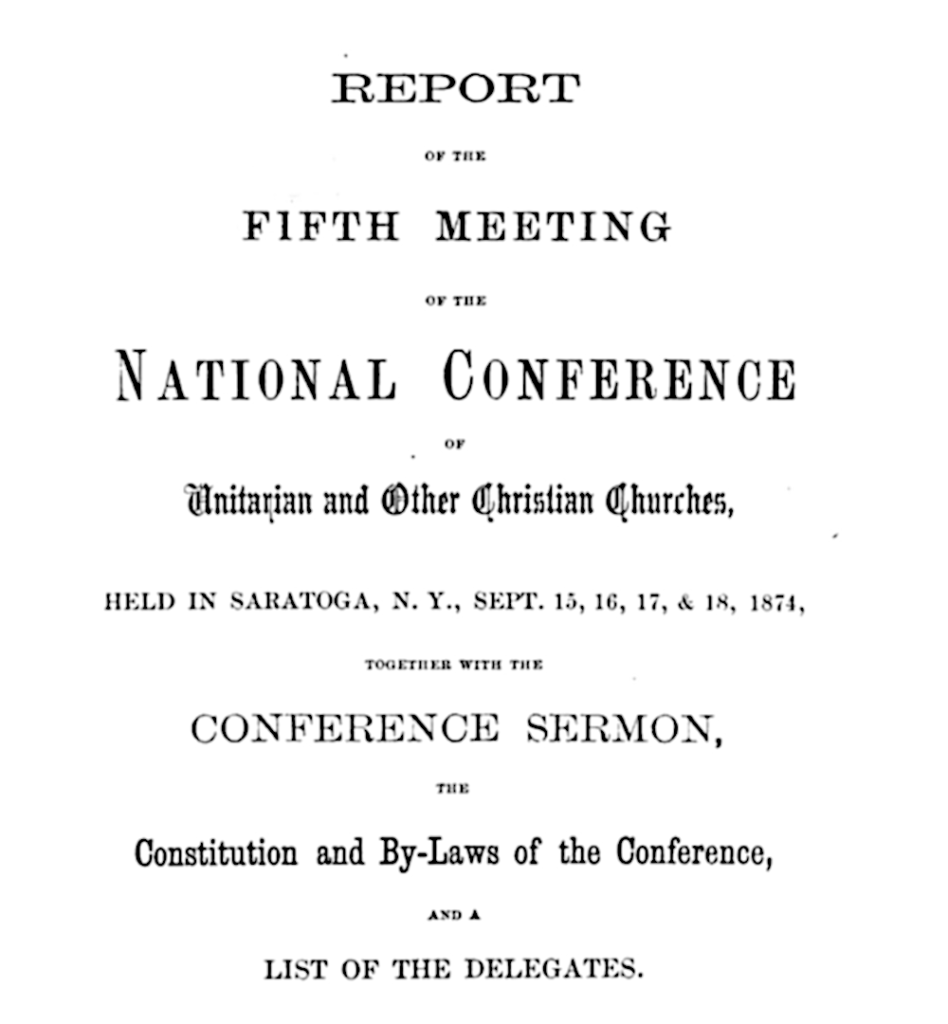In the last 1990s, I took Prof. Robert Pazmino’s course in teaching practices and principles, aimed at education in local congregations. One of Bob’s memorable insights was that congregations should have a teen voting member on every church committee, including the governing board. As Bob pointed out, not only is that the best way for teens to learn how congregational governance works, it’s also good for congregations who want to figure out how to meet the emerging needs of the rising generation.
This principle holds true for all nonprofit organizations. In 2014, when the Religious Education Association annual conference was in Boston, I went with a group to visit the Dudley Street Neighborhood Initiative (DSNI). This community group, which served a white-minority low-income neighborhood, had 4 seats on its 25-seat board dedicated to teens. Not only did DSNI benefit from the insights of its teen board members — not only did the teens benefit enormously from this real-life experience — but serving on the DSNI board as a teen provided a direct path into city government for ambitious teens; this helped both the teens, and DSNI, who now had a sympathetic ear in City Hall.
Now Hamilton Ontario is applying this same principle to the public sector:
“When Hamilton [Ontario] first set its sights on bolstering youth engagement, it focused on some of the places it could connect with the greatest number of young people: local universities. After years of working with individual institutions in effective, yet often one-off and ad hoc ways, the city saw merit in striking a long-term partnership with its three core schools—Mohawk College and McMaster and Redeemer universities—with the shared aim of integrating students into public problem solving…. All four partners committed to a five-year pilot program—including funding, time, and even a physical building next to city hall—to turn the seat of local government into a classroom and the schools into extensions of city hall….” [via Bloomberg Cities Network at Johns Hopkins Univ.]
So… now you have even more motivation to get teens on your congregation’s board and committees.


